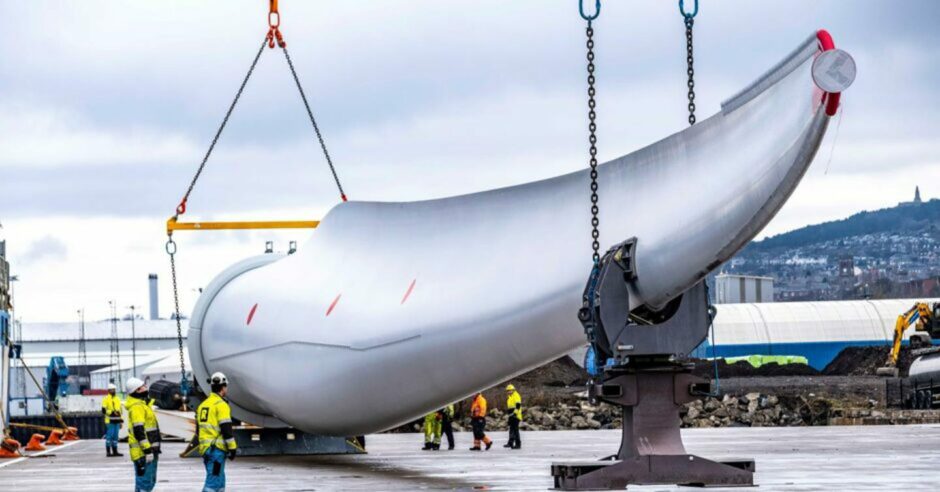
Europe’s offshore wind supply chain faces a herculean effort to build the infrastructure needed to meet the continent’s climate goals.
Almost 500 gigawatts of generation capacity will be deployed across the European Union and neighboring countries, like the UK and Norway, making it the third-biggest energy source by 2050. But those targets will require up to 54,000 kilometers (34,000 miles) of additional transmission lines — enough to circle the planet 1.5 times.
The findings by Europe’s association of transmission system operators, ENTSO-E, highlight a challenge for the region’s supply chains. They are already under strain amid surging inflation, geopolitical issues and growing global competition, spurring a crisis in the wind sector last year.
“The demand exceeds the capacity of the supply chain,” according to ENTSO-E’s first report on offshore network development plans released on Tuesday. “As a result TSOs have noticed that the lead time for construction has almost doubled.”
The continent’s offshore wind sector needs to surge in order to meet the EU’s goal of climate neutrality by the middle of the century. In order to even meet the bloc’s goals by the end of this decade, it will need to install 25.5 gigawatts of capacity annually, nearly a 10-fold increase from the average over the previous decade, according to the report.
“In Europe, we have world class manufacturers of equipment that we need,” Damian Cortinas, chair of ENTSO-E’s board, said in a press briefing. “But there is clearly a bottleneck in the supply chain.”
ENTSO-E estimates that around €400 billion ($435 billion) will need to be invested to meet the 2050 targets. Last year, the EU took steps re-shore 40% of its manufacturing needs for key clean technologies, like wind, as part of its response to the US’ Inflation Reduction Act and massive state subsidies provided to those sectors by China.
Recommended for you
